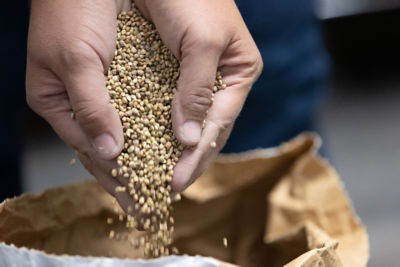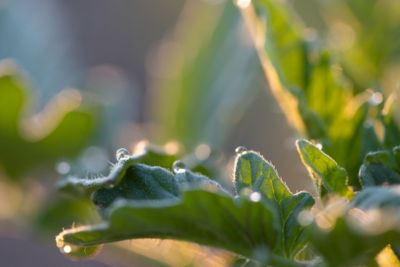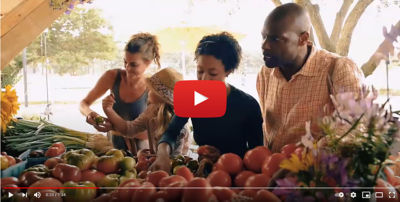Causal Agent
Alternaria spp., Septoria melongenae, Cercospora spp.
Distribution
Worldwide
Symptoms
First visible symptoms of foliar infection are expanding necrotic spots with yellow to dark-brown margins. Infection usually starts on lower leaves and moves up the plant as the disease progresses. Leaf spots caused by Stemphylium melongenae later break apart, giving the appearance of “shot holes.” Leaf spots caused by Alternaria spp. are irregular in shape with concentric rings that enlarge, and can cover, the leaf blade. Early infections by Alternaria spp. may cause a seedling dieback known as “collar rot.” Cercospora spp. can also cause small, irregular leaf spots that later are covered with gray sporulation. Fruit lesions start as necrotic spots and develop into sunken, scab-like lesions that extend into the flesh of the fruit, turning it hard and brown. Defoliation caused by extensive infection exposes fruit to direct sunlight, resulting in sunscald.
 Leaf spot of eggplant.
Leaf spot of eggplant.
Conditions for Development
Disease development is generally dependent on high relative humidity. These fungi overwinter in or on infested debris and organic matter in the soil. Splashing irrigation water to the foliage facilitates spread of the disease. Wounding predisposes fruit to infection when these fungi are present.
Control
Use field sanitation techniques such as crop rotation, weed control and removal of debris from previous crops to help reduce disease severity. Use mulching and furrow irrigation to reduce splashing and excess leaf wetness. Use good quality seeds.




